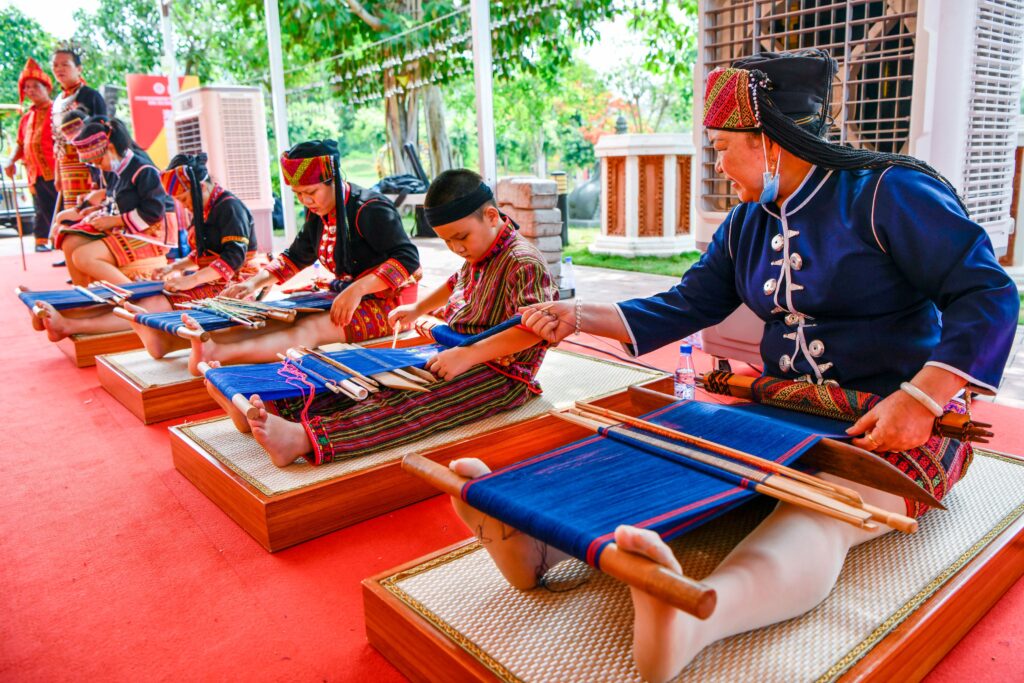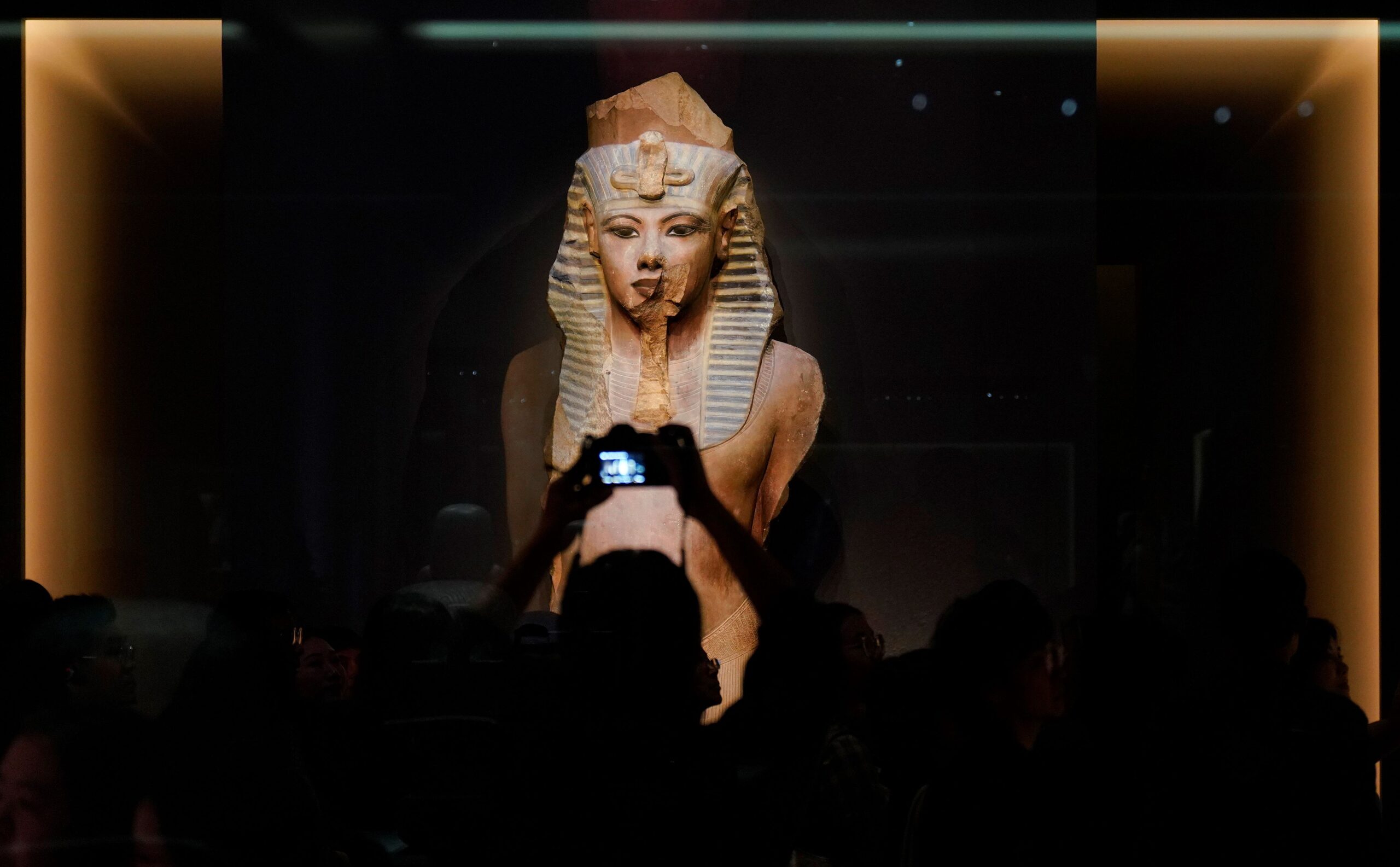Ancient Li brocade has gradually integrated into modern life.
UNESCO added traditional Li textile techniques: spinning, dyeing, weaving, and embroidering to its Representative List of the Intangible Cultural Heritage of Humanity on November 5th.

Traditional Styles
Women of the Li ethnic group in Hainan Province, China, employ traditional Li textile techniques, such as spinning, dyeing, weaving, and embroidering, to make cotton, hemp, and other fibres into clothing and other daily necessities.
The techniques involved, including warp ikat, double-face embroidery, and single-face jacquard weaving, are passed down from mothers to daughters from early childhood through verbal instruction and personal demonstration.
Li women design the textile patterns using only their imagination and knowledge of traditional styles. Without a written language, these patterns record the history and legends of Li culture as well as aspects of worship, taboos, beliefs, traditions, and folkways.

Trendy Elements
Today, we can see many trendy Li costumes and Li Brocade cultural and creative products. They are fashionable, trendy, youthful, and internationally designed. For example, Li brocade handbags use single-sided weaving, scarves, jewellery, and pillows with Li brocade elements.
Some products have entered the cultural exhibitions and consumer markets in foreign countries, including Britain, Italy, the Republic of Korea, Japan, and Norway.
Besides, Li Brocade can make skirts, headscarves, flower belts, bag belts, bed sheets, quilts, etc. The style is mostly black as the basic colour, and red, yellow, white, and blue threadsare often used to create flowers to form exotic flowers, animal characters, and other patterns.
According to Liu Dongmei, a researcher at the School of Humanities, Hainan University, Li Brocade can take the high-end customization route to highlight individuality, also attract consumers and enhance its market value through branding operations.
Written by Chen Wang, additional reporting by CNS and Xinhua.
If you liked this article why not read: Spring Festival Inscribed by UNESCO on Intangible Cultural Heritage List











